Intro
Discover 5 key propranolol facts, including its uses, benefits, and side effects, as a beta blocker for anxiety, hypertension, and migraines, with insights into dosage, interactions, and therapeutic applications.
Propranolol is a medication that has been widely used for several decades to treat various health conditions. Its effectiveness and versatility have made it a staple in the pharmaceutical world. Despite its popularity, there are many aspects of propranolol that remain unknown to the general public. In this article, we will delve into the world of propranolol and explore its uses, benefits, and potential side effects.
Propranolol is a beta-blocker, which means it works by blocking the effects of epinephrine, also known as adrenaline, on the body. This can help to slow down the heart rate, reduce blood pressure, and prevent certain types of tremors. The medication has been used to treat a range of conditions, including high blood pressure, angina, and certain types of heart rhythm disorders. Its ability to reduce anxiety and stress has also made it a popular choice for treating performance anxiety and other related conditions.
The history of propranolol dates back to the 1960s, when it was first developed by a team of scientists at Imperial Chemical Industries. The medication was initially intended to treat high blood pressure, but its uses were later expanded to include other conditions. Today, propranolol is one of the most widely prescribed medications in the world, with millions of people taking it every day. Its effectiveness and safety have made it a trusted choice among doctors and patients alike.
What is Propranolol Used For?
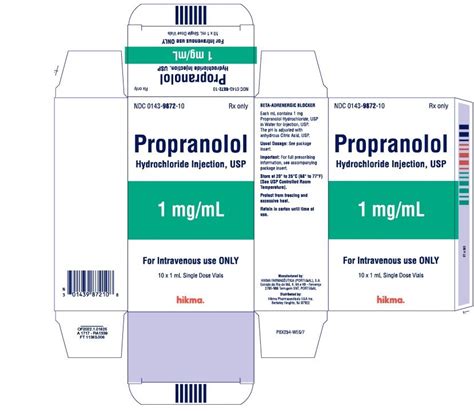
Some of the most common uses of propranolol include:
- High blood pressure: Propranolol can help to reduce blood pressure by slowing down the heart rate and reducing the force of the heart's contractions.
- Angina: The medication can help to reduce the frequency and severity of angina attacks by reducing the heart's demand for oxygen.
- Heart rhythm disorders: Propranolol can help to regulate the heart rate and prevent certain types of arrhythmias.
- Migraines: The medication can help to prevent migraines by reducing the blood flow to the brain.
- Anxiety and stress: Propranolol can help to reduce the symptoms of anxiety and stress by blocking the effects of adrenaline on the body.
How Does Propranolol Work?
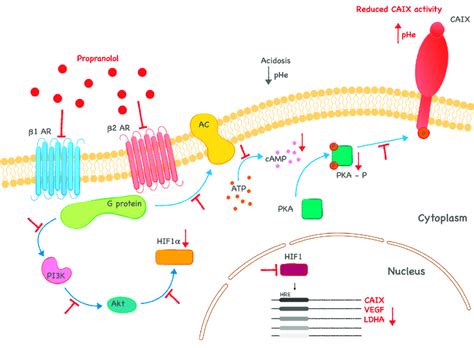
The medication works by binding to beta receptors in the heart and blood vessels. This can help to reduce the heart rate and blood pressure, and prevent certain types of arrhythmias. Propranolol can also help to reduce the symptoms of anxiety and stress by blocking the effects of adrenaline on the body.
Benefits of Propranolol
Some of the benefits of propranolol include: * Reduced heart rate and blood pressure: Propranolol can help to reduce the heart rate and blood pressure, which can help to prevent certain types of heart disease. * Improved cardiovascular health: The medication can help to improve cardiovascular health by reducing the risk of heart attacks and strokes. * Reduced symptoms of anxiety and stress: Propranolol can help to reduce the symptoms of anxiety and stress by blocking the effects of adrenaline on the body. * Improved sleep quality: The medication can help to improve sleep quality by reducing the symptoms of anxiety and stress.Side Effects of Propranolol
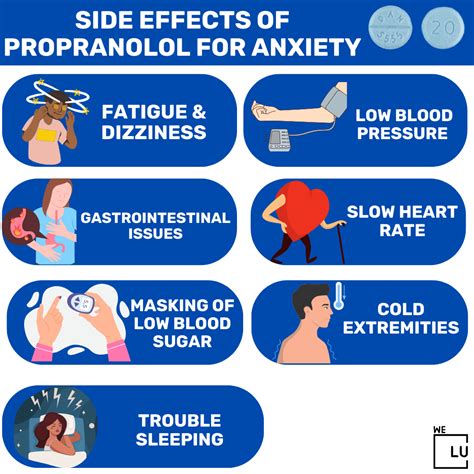
Precautions and Warnings
Some precautions and warnings to consider when taking propranolol include: * Pregnancy and breastfeeding: Propranolol should be used with caution in pregnant and breastfeeding women, as it can pass into the fetus or baby's bloodstream. * Diabetes: The medication can mask the symptoms of low blood sugar, making it difficult to diagnose and treat. * Asthma: Propranolol can worsen asthma symptoms, especially in people with severe asthma. * Heart failure: The medication can worsen heart failure symptoms, especially in people with severe heart failure.Interactions with Other Medications
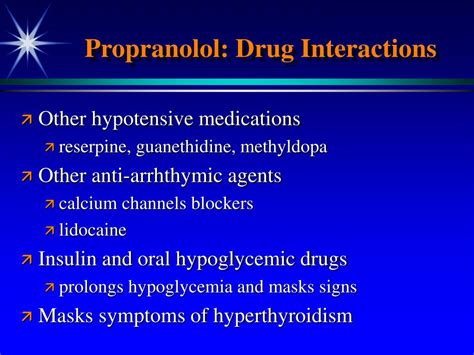
Overdose and Toxicity
Propranolol overdose can be serious and even life-threatening. Symptoms of overdose include: * Slow heart rate * Low blood pressure * Difficulty breathing * Confusion and dizzinessIf you suspect an overdose, seek medical attention immediately.
Conclusion and Final Thoughts
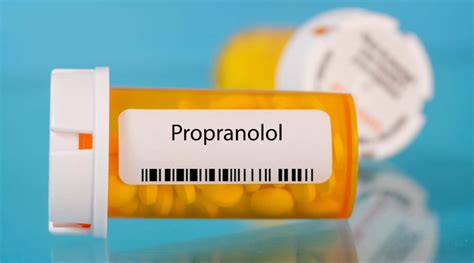
We invite you to share your thoughts and experiences with propranolol in the comments section below. Have you taken propranolol for a medical condition? What were your experiences with the medication? Share your story and help others understand the benefits and risks of propranolol.
What is propranolol used for?
+Propranolol is used to treat a range of conditions, including high blood pressure, angina, and certain types of heart rhythm disorders. It is also used to prevent migraines and reduce the symptoms of anxiety and stress.
How does propranolol work?
+Propranolol works by blocking the effects of epinephrine on the body. Epinephrine is a hormone that is produced by the adrenal glands and plays a key role in the body's "fight or flight" response.
What are the side effects of propranolol?
+Some of the most common side effects of propranolol include dizziness and lightheadedness, fatigue and weakness, nausea and vomiting, and diarrhea and constipation.
